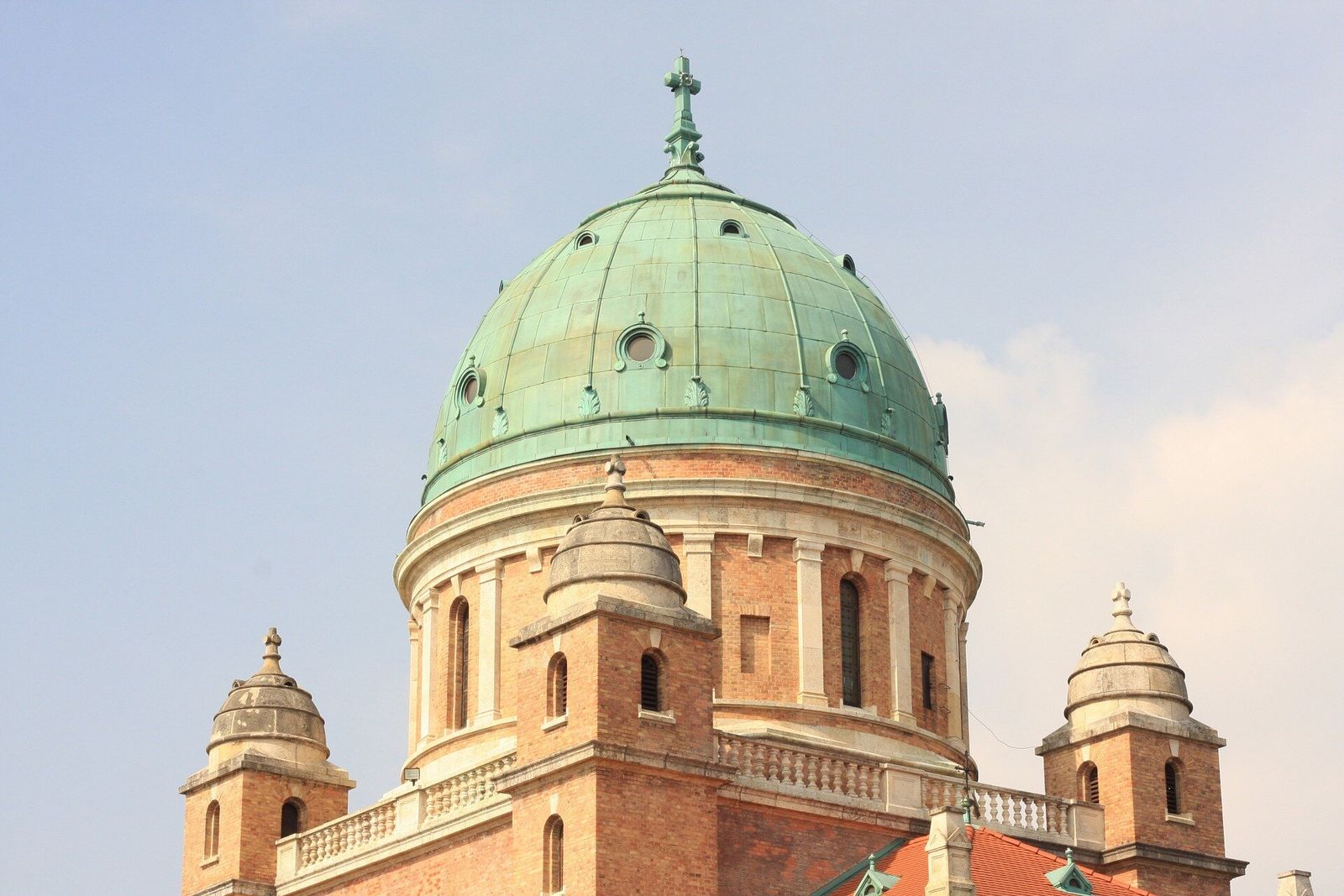
Car rental at
Zagreb Downtown
Additional Information
Your way to SIXT
By road from seaside
With public transportation
SIXT Parking and return
Directions
Zagreb Downtown
Address
Business hours
Out of hours
Our services at Zagreb Downtown
SIXT rent a car
Today's Zagreb has grown out of two medieval settlements that for centuries developed on neighbouring hills. The first written mention of the city dates from 1094, when a diocese was founded on Kaptol, while in 1242, neighbouring Gradec was proclaimed a free and royal city. Both the settlements were surrounded by high walls and towers, remains of which are still preserved.When Kaptol, Gradec and the surrounding settlements were administratively combined into the integrated city of Zagreb in 1850, the development accelerated still more. The disastrous earthquake of 1880 sparked off the reconstruction and modernization of many shabby neighbourhoods and buildings. Prestigious public buildings were erected, parks and fountains were made, and transportation and other infrastructures were organized.In the 19th century the population increased tenfold. The twentieth century brought the Secession style to Zagreb. The city lived in the plenty of a civil society, with firm links with all the central European centres. With an increase in wealth and industry from the 1960s on, the city spread out over the wide plains alongside the Sava River, where a new, contemporary business city has develop.
Customer reviews & feedback
What our customers are saying
*Our Customer Excitement Score is based on a survey sent to all customers who booked at Zagreb Downtown. The score is an average of all customer responses.

